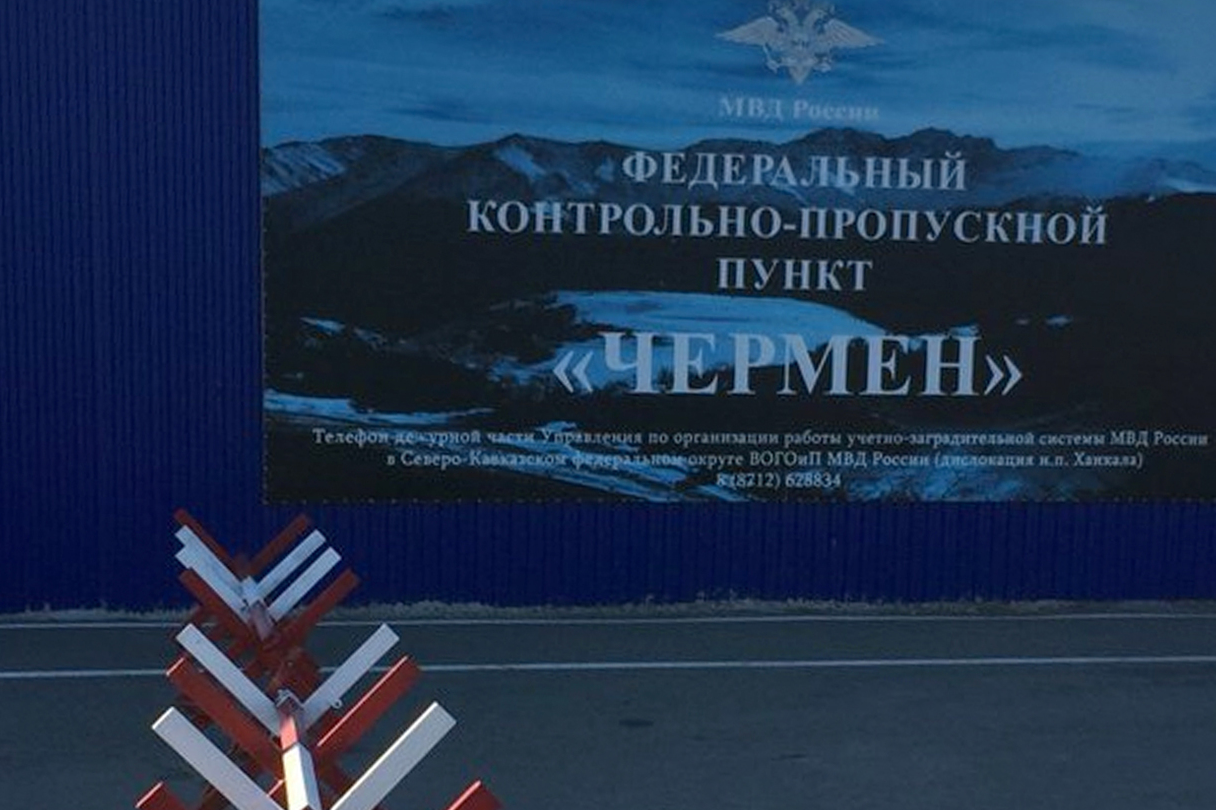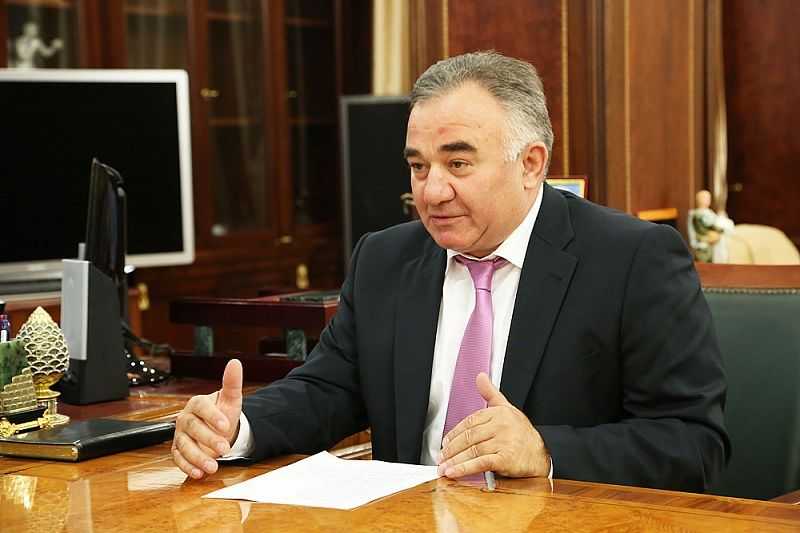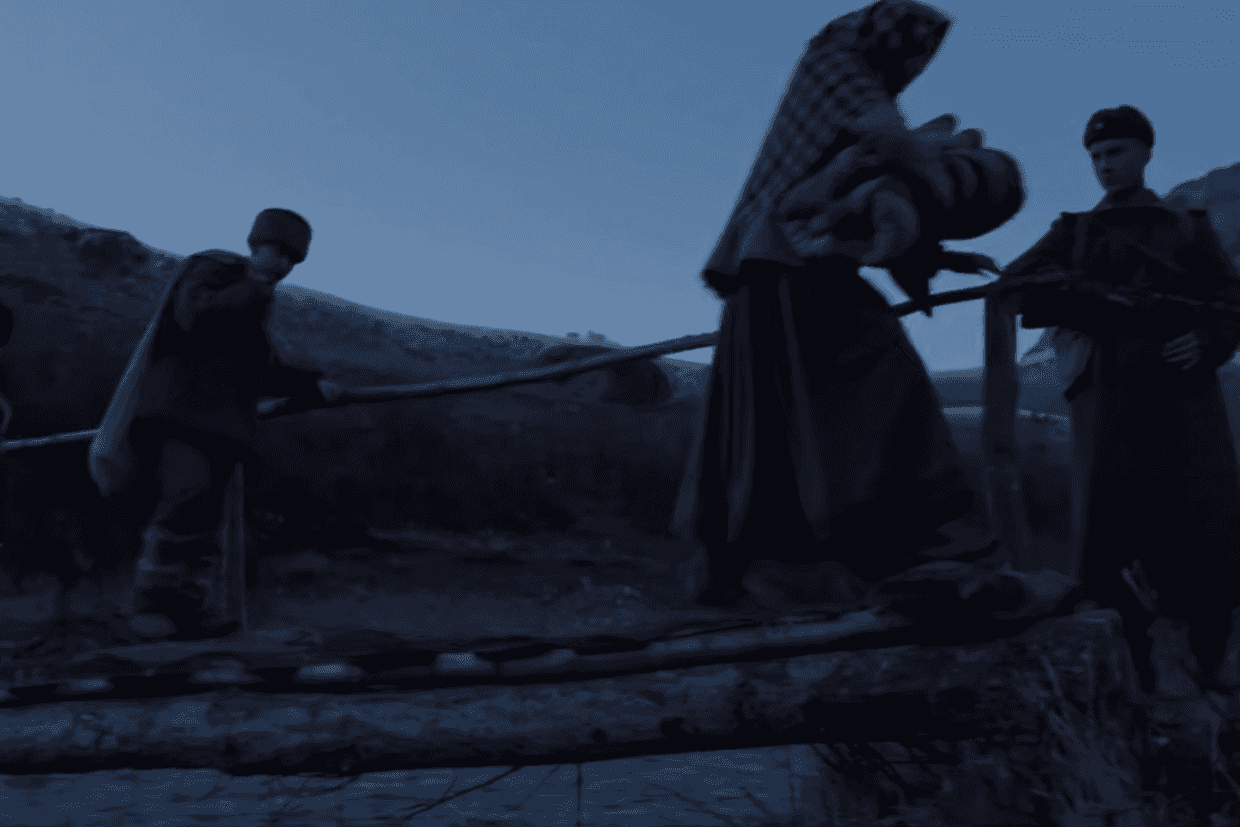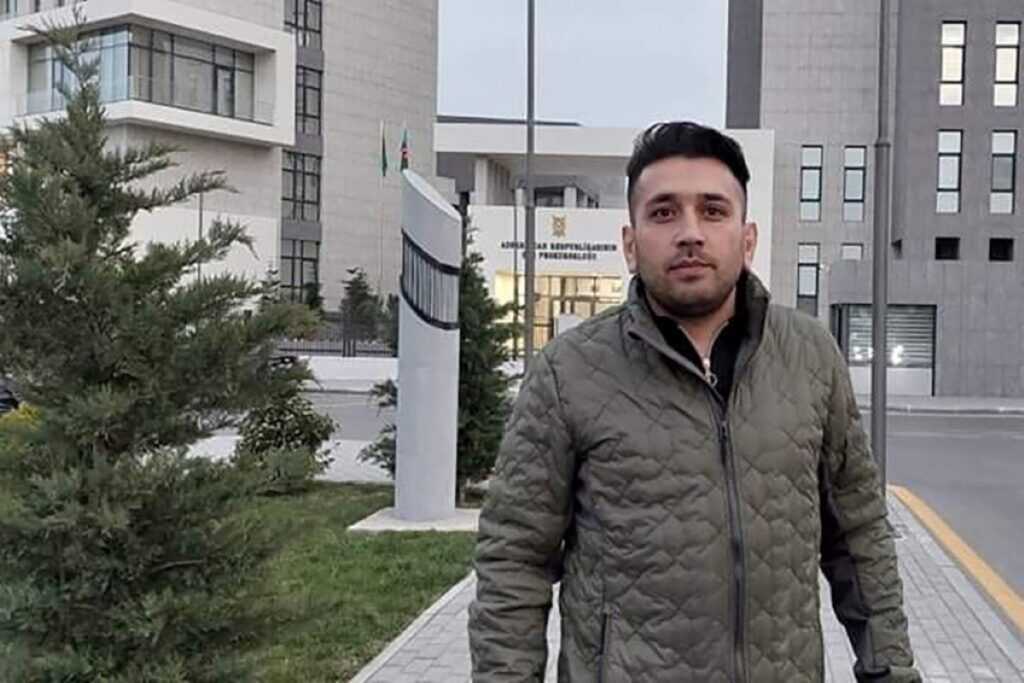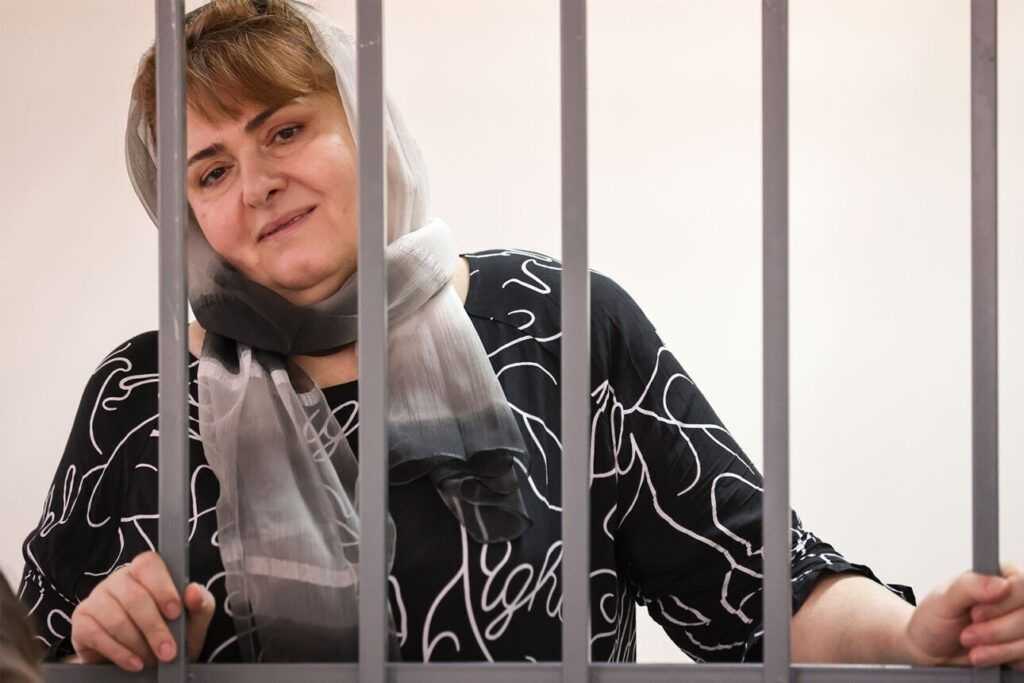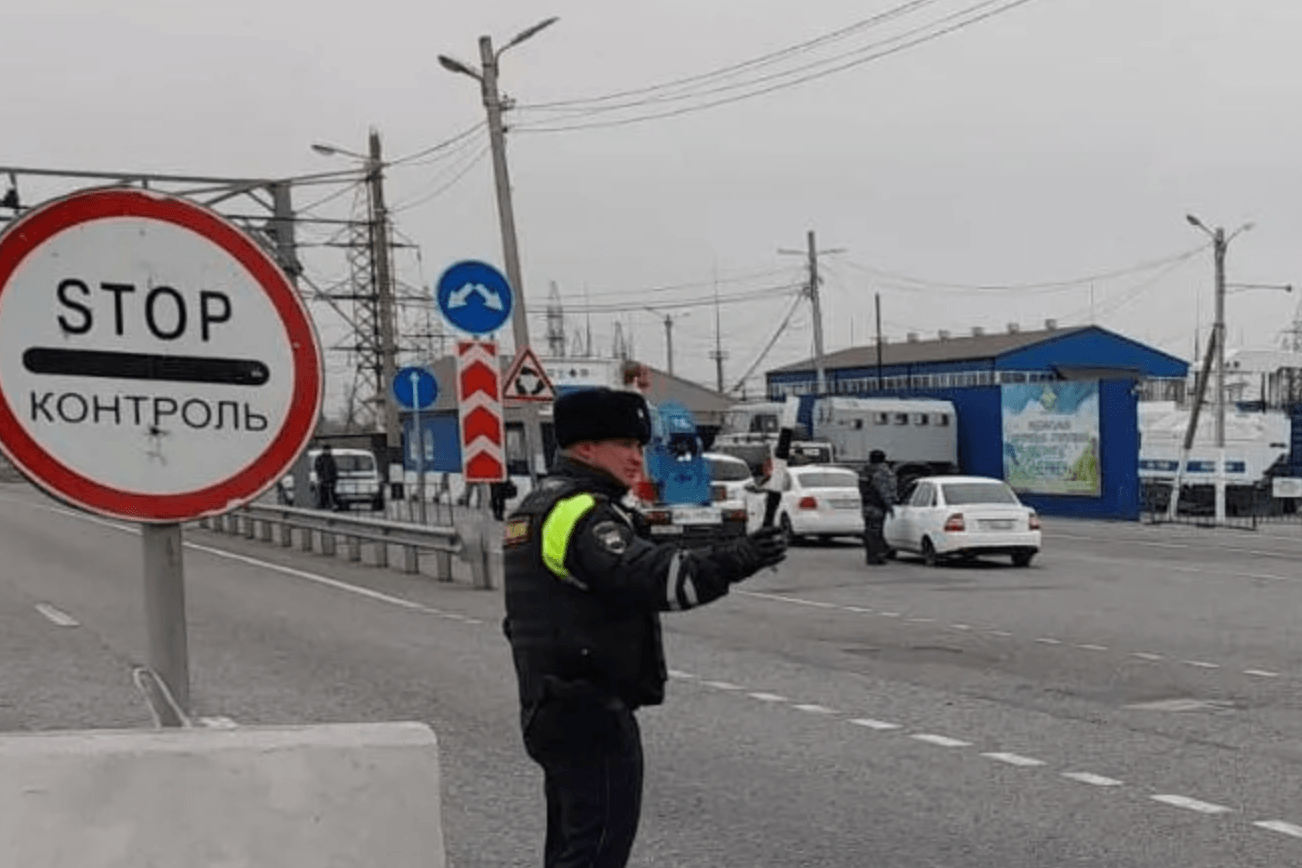
Several people allegedly involved in the mass brawl that took place on Sunday along the Ingush and North Ossetian border have been detained. The North Ossetian Interior Ministry reported the news, but did not specify the total number of detainees. Law enforcement agencies in Ingushetia have not commented on reported detentions.
According to North Ossetian police, a domestic dispute between young men in the village of Chermen in the republic’s Prigorodny district escalated into a clash after one of the participants caused bodily harm to his opponent and fled, which heightened tensions between residents of Ossetian and Ingush ethnicity.
Criminal cases have been opened against the detainees on charges of intentional infliction of minor harm to health and hooliganism. One participant was additionally fined after administrative protocols were drawn up against him for drug use and petty hooliganism — he is currently still being held in a temporary detention facility.
The mass brawl broke out on Sunday evening near the Chermen checkpoint — a federal crossing point dividing Ingushetia and North Ossetia. Video footage showed that several dozen people from both sides were involved in the clashes, after which traffic on the Caucasus Highway was paralysed.
According to the Telegram channel Rozysk Ingushetii, associated with law enforcement agencies, the conflict began with two domestic incidents: first, a young Ingush man beat an elderly Ossetian, then four visiting Ingush men who had gone to a shop to buy alcohol assaulted two local residents after a verbal altercation. Afterwards, participants in the conflict published ‘calls for help’ on social media, which led to more people gathering.
The North Ossetian Interior Ministry and the Ministry of National Policy claimed that the situation was promptly brought under control.
On Monday morning, the Head of North Ossetia, Sergei Menyailo, said at a government meeting that domestic disputes could easily escalate into inter-ethnic conflicts. He recommended that security forces temporarily block entry points into the republic in such cases to prevent escalation, and announced that the incident would be discussed at a following government session.
Later Menyailo described the cause of the mass conflict between Ingush and Ossetians in Chermen as the work of ‘instigators’ who ‘drew in hotheads’ from both republics.
‘In conditions where fakes multiply out of thin air, such a case is a real “gift” for those who aim to destabilise the situation from within [...] On social media, a domestic conflict was immediately dragged onto the slippery ground of inter-ethnic tensions,’ he said.
The Chermen checkpoint, also known as Checkpoint 105, is located on the border of Ingushetia and North Ossetia and serves as a federal checkpoint. The checkpoint is a source of controversy in Ingushetia, with local residents and activists demanding its removal since it separates the republic from the Prigorodny District, from which tens of thousands of Ingush were forcibly expelled during the 1992 armed conflict with Ossetians over the territory. Hundreds were killed during the conflict.
The issue of eliminating the checkpoint has repeatedly been raised at the official level. The authorities of Ingushetia insist that its preservation is a reminder of the tragic events of 1992 and limits the freedom of movement of citizens. Some activists have even held pickets demanding the removal of the checkpoint. The North Ossetian side supports keeping the checkpoint, stating the need to ensure security.
Similar incidents between Ossetians and Ingush have occurred previously.
In December 2021, a series of incidents took place in the Prigorodny District and the eastern part of Vladikavkaz. There, during the first two weeks of November, three clashes took place between Ossetians and Ingush. In the most severe of them, two Ingush were injured as a result of a shootout.
In 2015, in the North Ossetian town of Mozdok, an incident occurred when a quarrel between local residents and guests from Ingushetia escalated into a mass brawl. According to regional media reports, physical violence was used during the conflict, and only the intervention of police prevented further escalation. The specific reasons for the brawl were not reported by the sources.
